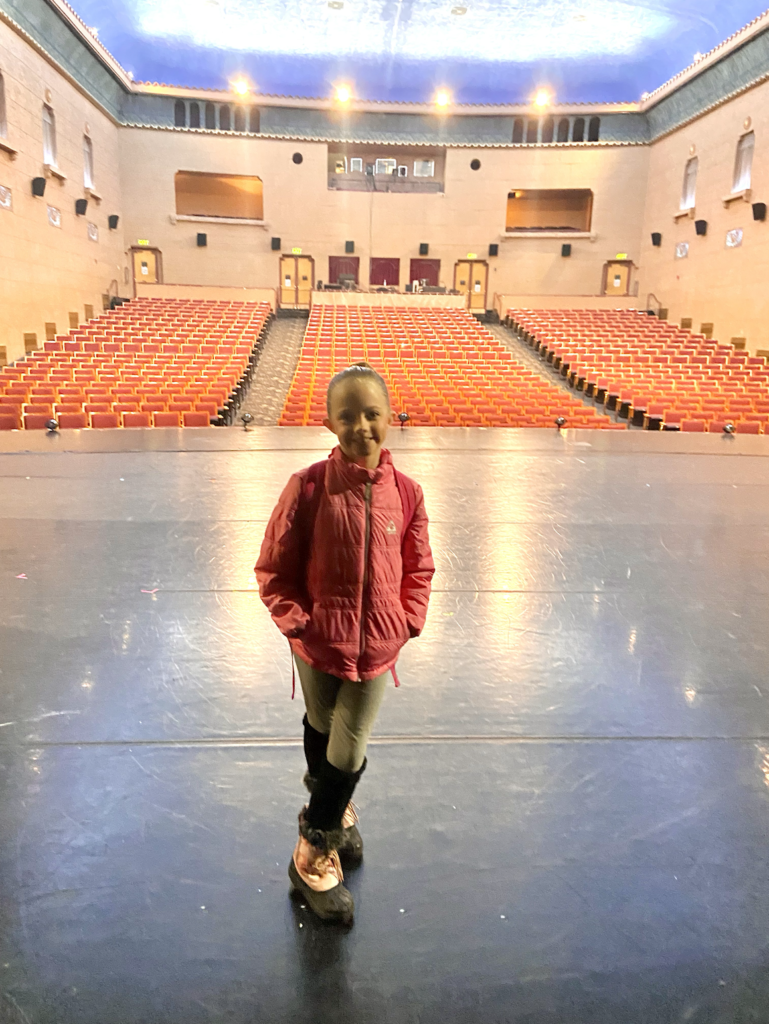Interview with Amy Hansen: On Composing
I am so excited to share an interview with our guest contributor, Amy Baugh Hansen! Amy has recently released her first album, Piano Noel Classics, which is available here.
Tell us a little about your musical background.
I started taking lessons when I was five with my mother, Susan, an excellent pianist and teacher herself! I took from various teachers starting around age 6. I participated in competitions and festivals throughout my school years. I also won a few competitions in composition at a young age. I even studied the cello in junior high for a few years as well. Classical piano became my main focus in high school. When I auditioned for scholarships my senior year in piano, I received two offers-one from USU and one from BYU. I attended USU for a while, but then transfered to BYU where I studied with Dr. Irene Peery-Fox. I went on to receive my bachelor in piano performance from BYU.
What or who inspired you to start composing and arranging?
I hadn’t composed anything for a LONG time until recently earlier this year. In fact, I believe I was about 12 when I stopped doing compositions on my own for fun. But, during the Christmas season last year, I was playing as a pianist for our ward (church) choir, and I was thinking that I would like to try arranging/composing some music on my own. I started playing around with the idea in January more and from that point, I started working and experimenting on a few songs. It was almost like riding a bike–I just remembered how to do it, and it was a lot of fun!
Do you feel that composing has helped you to be a better musician? If so, how?
Yes I think it does….probably because I can express myself through the outlet of my own music–so it helps me personally with my artistry in a way.
Tell us a little about your composition process
Here is my composition process in a nutshell…..I just start playing! I experiment with different melodies/harmonizations/modulations etc. as I go along. Sometimes I will hear a tune/song in my head as I am driving, or at night before I fall asleep–sounds kinda weird, huh–and then I’ll write it down when I get a chance! I have to write everything down by hand first–that’s just the way I do it. When I write a song that I really like, it almost tends to ‘write itself,’ and everything fits together easily! But that’s not always the case. Sometimes its a little more work to make everything come together, but the process is still enjoyable.
Do you encourage your own students to compose? If so, what are some ways you implement this in your studio?
Yes, I certainly do! For our recent Halloween Group Lesson, I had all my students perform their Halloween pieces that they had composed. By giving them an assignment of writing a ‘spooky’-sounding piece, it made the assignment more specific and direct, instead of just saying “write a piece.” Sometimes students who are not comfortable with composing yet have a hard time when given the assignment to write a piece, so this usually helps to give a little more direction and help when they start. On the other hand, I have a handful of students who love to compose and will play their songs for me at their lessons. I encourage these students to continue their pursuits in composition as well. I have found that if you give assignments for composition, students can often rise to the challenge.
What are your thoughts on encouraging students to work on creative keyboard skills (such as composition, improvisation, transposition) along with studying classical repertoire? Do you feel it is important for classical pianists to have these skills?
Here’s what I think about incorporating composition, improvisation, transposition etc. along with classical training….I think it is wonderful to develop these skills, and that it helps serve as a compliment and an enhancement to the classical pianist in their musical education. If we look to the great composers of the past, they all posessed and incorporated these skills. However, I do not think we are all necessarily equal in our creative abilities. But, if we never tried to exercise our creativity, we might not know what we are capable of! What if we never encouraged our students to write? Then who would be creating the ‘new classics’ of the future?
Tell us about your new album!
My new album is called ‘Piano Noel Classics.’ The album consists of several piano arrangements of Christmas hymns. I have new thematic material for each song, so it doesn’t sound like the traditional hymns we sing in church, although you can still recognize the melodies. I tried to put a twist on each song–I wanted to portray different moods and feelings depending on the piece. For example, ‘Joy to the World’ is very grandious and vibrant. In contrast, ‘It Came Upon the Midnight Clear’ is more subdued and tranquil for most of the song. I should also mention that I wrote them all in 7 weeks! It was a little difficult to write in a time-crunch, but it was fun at the same time and my family got to hear Christmas music early this year!




































